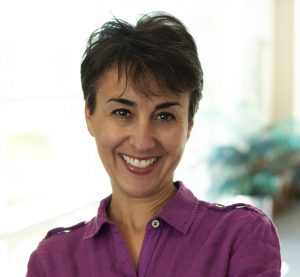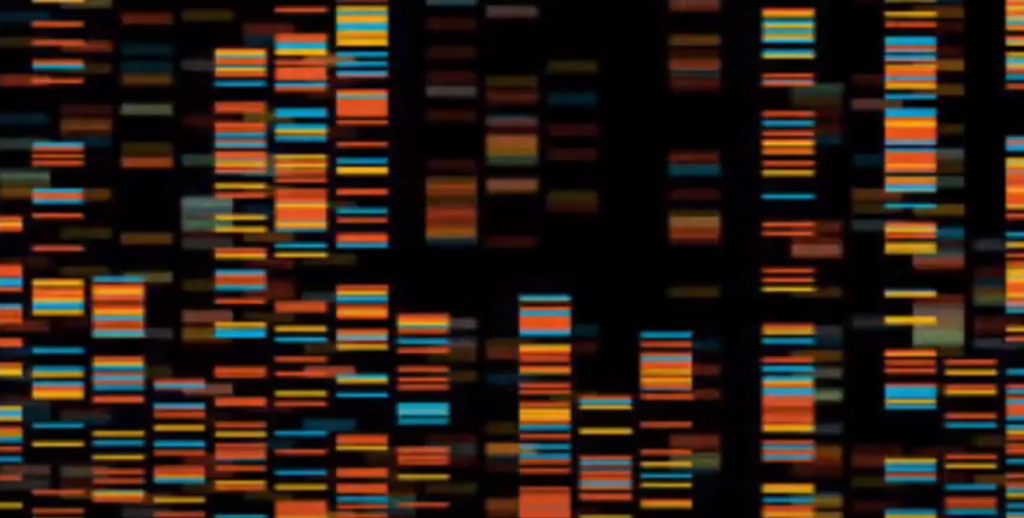
Lia Gore, PhD
Center for Cancer and Blood Disorders, Children’s Hospital Colorado
Dr. Lia Gore is the Section Head for the Center for Cancer and Blood Disorders at Children’s Hospital Colorado. In addition to her role as the Section Head of Hematology / Oncology / BMT-Cell Therapy at Children’s Colorado, Dr. Gore is also the newly appointed Vice Chair for the Children’s Oncology Group, the world’s largest organization devoted exclusively to the research and treatment of pediatric cancer.
In May, Dr. Gore presented at The Morgan Adams Foundation’s What’s Up Doc? annual reporting event. She has a background in developing novel treatments for pediatric malignancies and is uniquely qualified to talk about personalized medicine, what it means, and how it’s being brought forward at Children’s Colorado, across the country, and around the world.
This transcript of her presentation has been modified for length and a written format.
Moving personalized medicine forward for every child with cancer, at Children’s Hospital Colorado and beyond
It is a privilege and a pleasure to be a part of this. I’d like to start, first of all, by really describing what it means to try and move personalized medicine forward for every child with cancer. Funding genomic testing for children with cancer is critically important because many tumors look very similar under a microscope, but actually do not look very similar the deeper we dig. And the deeper we dig, the more individualized almost every tumor looks. There are certainly different groups of tumors that look similar, but most pediatric tumors have what I would describe as unique molecular fingerprints.
This picture is essentially a genomic fingerprint of a particular tumor. There is incredible depth to what each of these lines means and the layers going up and down, right to left, and forward to back are meaningful. This is, in essence, a three-dimensional scan of what one particular tumor looks like. And the detail in this really shows why we need to understand what each of these bars and each of these colors represents and how they interact with each other. Until we understand those things, we may not know the exact, precise, best way to treat a child’s cancer, and that’s why this is called precision medicine.
left, and forward to back are meaningful. This is, in essence, a three-dimensional scan of what one particular tumor looks like. And the detail in this really shows why we need to understand what each of these bars and each of these colors represents and how they interact with each other. Until we understand those things, we may not know the exact, precise, best way to treat a child’s cancer, and that’s why this is called precision medicine.
Our goal at Children’s Hospital Colorado, and many other institutions that we collaborate with around the country and the world, is to make genomic screening available for every patient in the Center for Cancer and Blood Disorders (CCBD) so that every child gets a personalized road map to treating their cancer.
Our goal at Children’s Hospital Colorado, and many other institutions that we collaborate with around the country and the world, is to make genomic screening available for every patient in the Center for Cancer and Blood Disorders (CCBD) so that every child gets a personalized road map to treating their cancer.
When we do that, we have to think about a number of things. One is financial. The testing itself can cost anywhere from $500-$10,000. Many insurance companies don’t pay for this, so that’s a very simple barrier that we are trying to address in Congress.
From the research perspective, one of the practical and operational perspectives is that we need to have someone in the operating room waiting to take that tumor sample and get it to the lab immediately so that it is the most precise, exact replica of what is going on in a child’s body that we can then study in the lab.
There are also ethical concerns around genomic testing. This testing isn’t specific necessarily to a cancer cell, so it can reveal other diseases and other problems that we may not even understand how to deal with at this time. So, we need a full team of bioinformatics experts to interpret the data with us. We also need a full team of genetic counselors to interpret the data with us to understand the implications of these test results so that we can provide a family and a patient the best and most accurate information and guidance.
Genomic screening takes a team of hundreds of experts and so not every institution is able to support that degree of faculty and staff with 24/7 coverage to achieve this, but at Children’s Colorado, we think it’s the right way to do this. We think that touching all of these elements is the best way to make discoveries that are going to eventually help us not to have to tell a family that their child has a bad diagnosis. We think that it is the only right way to do it and we will continue to think it’s the only right way to link science and patient care for the best outcomes.
It is through the efforts of the whole team in the CCBD that helps make this happen every day for patients. I had the privilege of taking care of Morgan Adams in 1997-98 and I have made a promise that I will not stop working at this until we figure out how to do it better.
The importance of what The Morgan Adams Foundation does in moments like this when we are affected by COVID, national crises, and facing research slowdowns cannot be overstated. At a time when lab personnel are contained and when every hospital in the entire country and the entire world is facing dramatic financial challenges, the only way to make up for this is with philanthropy. There has never been a time when The Morgan Adams Foundation’s efforts and your support have been more important.
COVID does not pay attention to cancer and our patients cannot worry about everything else that they need in the middle of all of this, nationally and internationally, so the work of The Morgan Adams Foundation and the story of Eli and all of the wonderful news that has come from that do not take a break because of this unprecedented health crisis. The financial impacts of COVID right now have never been more significant to research and to our ability to take care of patients. We are enormously grateful for what The Morgan Adams Foundation does through your support.

